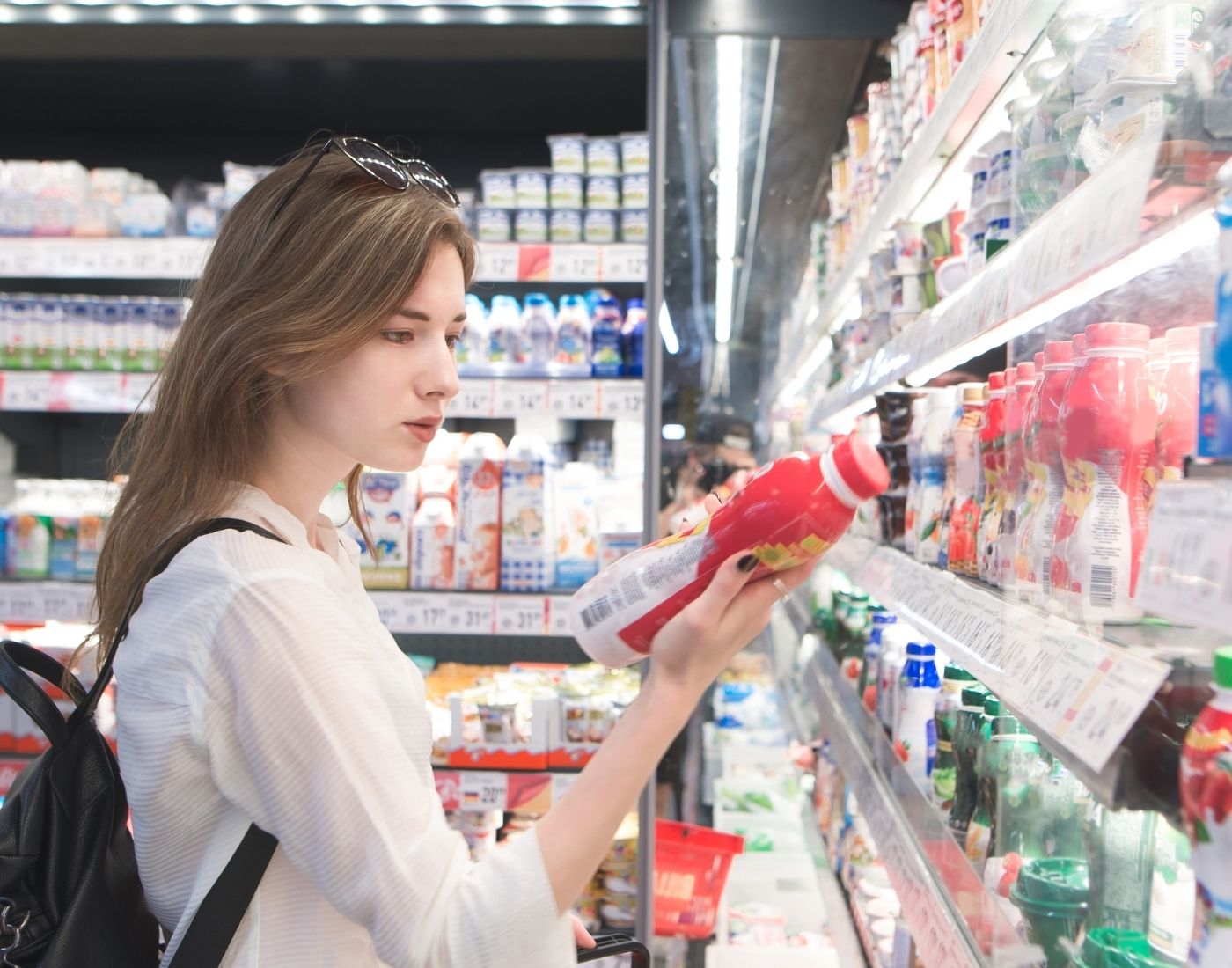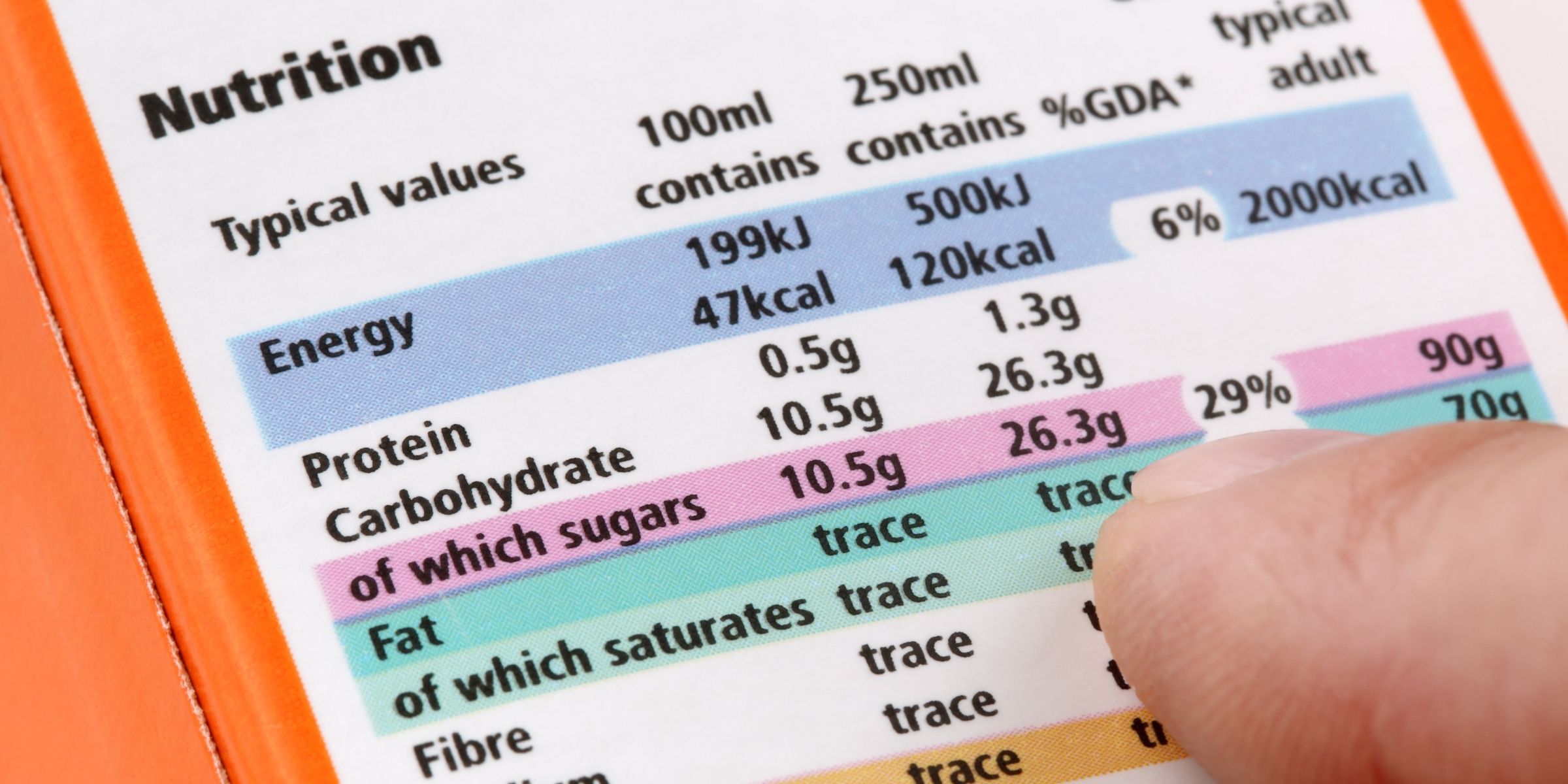If the foods you buy at the supermarket come in a packet or wrapper, some may have a label on the front, which can help you compare similar products. All packaged foods need to have a nutrition label on the back, which can tell you a lot about what’s in your food.
Nutritional labels
Food labels can help you make healthier choices

Nutritional labels
Front-of-pack labelling
Labels on the front of food packaging can be useful when you want to quickly compare similar products, such as two sandwiches when you are grabbing lunch “on the go”.
- energy
- fat
- saturated fat
- sugars
- salt
If the front-of-pack label uses traffic light colour codes:
- red means high
- amber means medium
- green means low
You need a wide range of foods for a healthier diet. Here are some tips for choosing a healthier option:
- choose products with fewer red labels, as these are best eaten less often or in smaller amounts
- go for options with more green labels as these are the healthier choice. This usually means choosing products which are lower in fat, saturated fat, salt and sugars
- in general, it is usually a good idea to cut down on processed and packaged foods
Reading the labels

Checking the food label is an especially good idea if you buy:
- jars of stir-in sauces
- seasoning mixes or meal kits
- sauces like ketchup and mustard
- gravy and stock cubes
- breakfast cereals
- bread and bread products
- ready meals, pies and pizza
- frozen potato products
- meat or meat alternative products like sausages
- crisps, popcorn and savoury snacks
- chocolate and sweets
- cakes, biscuits, desserts and pastries
- fizzy and other drinks like squash
- tinned foods like baked beans or soup
- dips like houmous
Ingredient lists
The ingredient list names everything in the product and it’s always arranged by weight. For example, if ‘sugar’ is near the top of the list, that means it’s one of the main ingredients in the product.
Here are some additional tips to consider when using food labels:
- supermarket own brands are usually cheaper and are often healthier than the brand names
- picking products with longer use-by dates can help reduce your food waste
Some products may provide serving sizes - it can be helpful to plan ahead, to make sure you avoid buying more than you need.
Calorie labelling
When eating out of home, calorie information can be a quick way to help you choose between different items.
Lots of restaurants, cafés and takeaways offer calorie information, whether online or on the menu, which can help you manage your overall calorie intake. Visit our other pages for tips on making healthier choices when eating out.
